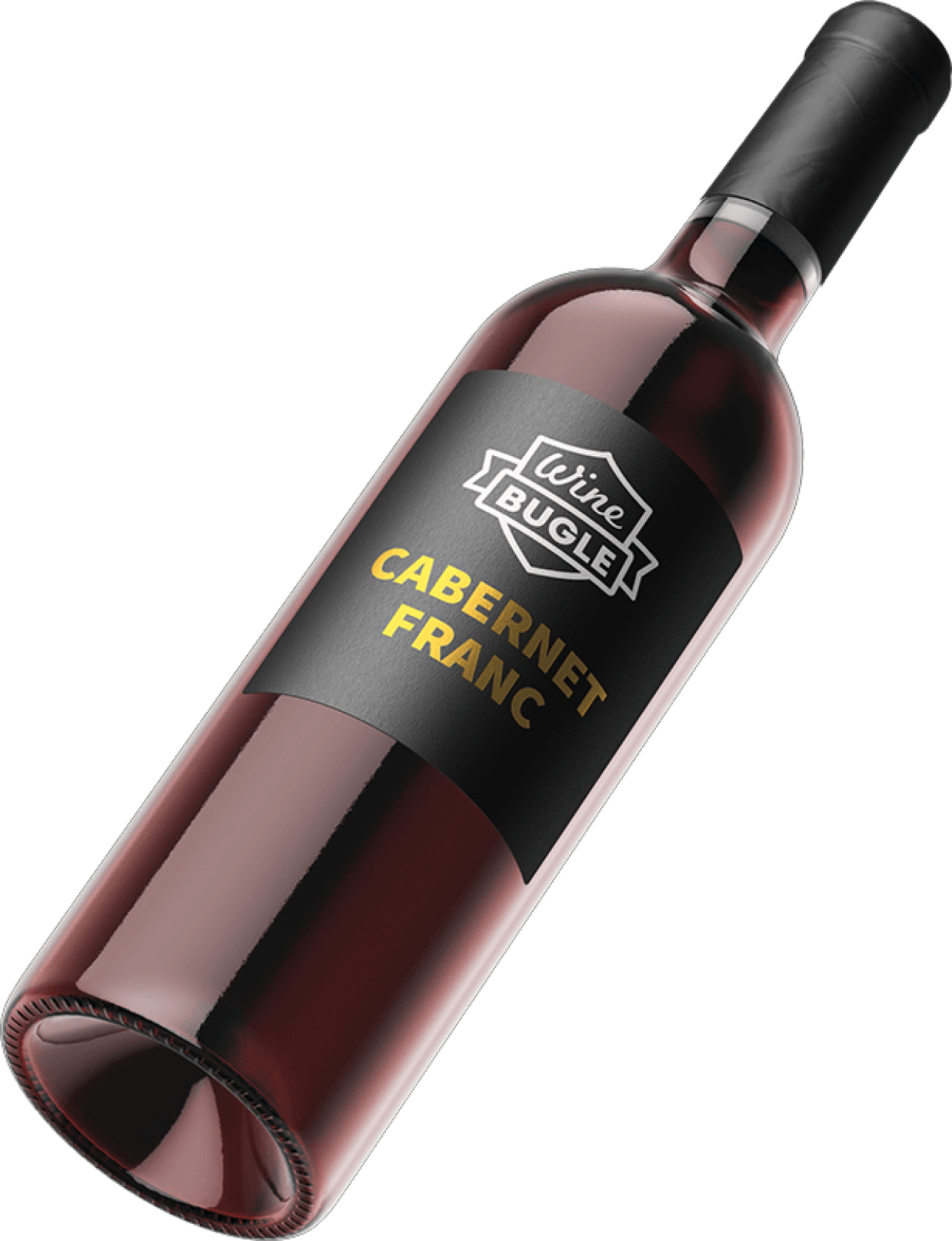Origins of Cabernet Franc grape
Cabernet Franc is a French red grape variety, probably of Illyrian origin. It is considered the progenitor of the most famous Cabernet Sauvignon, born in the Middle Ages from a spontaneous crossing with Sauvignon Blanc.
It produces red and rosé wines but is not often vinified alone (with the exception of the Loire Valley), as its herbaceous nature is not easy to manage.
Where Cabernet Franc is grown
The areas of choice for Cabernet Franc are the cooler ones such as Bordeaux (mainly in the Saint-Emilion appellation) and the central part of the Loire Valley,
In Bordeaux, the grape has a minority role as it is mostly blended together with Cabernet Sauvignon and Merlot, giving life to the so-called Bordeaux blend.
In the Loire Valley, grapes are grown around the 47th parallel, in the Anjou, Saumur, Bourgueil, Chinon and Saumur-Champigny appellations.
Here, despite being nearly two hundred kilometers away, the influence of the ocean comes to moderate the extreme cold and scorching summers. The altitudes never exceed 100 meters and the soils have a clear marine composition, with absolute dominance of limestone and chalk. These conditions are particularly favorable to Cabernet Franc, which produces widely appreciated single-variety wines, both red and rosé.
In the Touraine area, on the sandy soils of the Bourgueil and Chinon subzones, the wines tend to be light and ready to drink. More full-bodied wines, with greater tannins, come from calcareous / clayey soils on the south-facing slopes. Some of these wines mature in wood, with the best examples capable of aging for many years.
In Italy, which is the second largest producer of Cabernet Franc, the wines come mainly from Friuli Venezia Giulia, but Tuscany produces the best examples, especially in the Bolgheri area. The grape is also popular throughout North America, Chile and Argentina, South Africa, Australia and New Zealand, and it is used for Ice Wine in Canada.
Flavor and Style
Cabernet Franc displays a seductive aromatic profile with some very particular scents. The typical pepper aroma is followed by traces of smoke and leaves that mix with dark fruits such as blueberries, currants, raspberries, and strawberries. Often there are also licorice, laurel, earthy traces and a grassy background, and its balsamic note is unmistakable.
In the mouth, Cabernet Franc wines are round, warm, broad, medium-bodied, and never too heavy. They are lively and fresh with medium tannins.
A good Cabernet Franc can be addictive. It has a harmonious balance that encourages drinking. It could be confused with Cabernet Sauvignon, but it is not as tannic, dark and intense. It can be served slightly chilled, especially in summer as the French like to do, and when vinified in rosé it can be an exceptional summer drink!
Cabernet Franc food pairing
In terms of food pairings, Cabernet Franc is a rather versatile wine, whose high acidity and low tannin allow it to be paired with a large variety of dishes. From pasta dishes, both vegetarian and seasoned with light meat juices, to second courses based on grilled meat, passing through cheeses with a savory flavor such as goat cheese or feta. It is excellent in combination with tomatoes and the presence of pyrazines, the compounds that give it the characteristic herbaceous scent of pepper, making it a perfect wine to combine with vegetable-based dishes.
